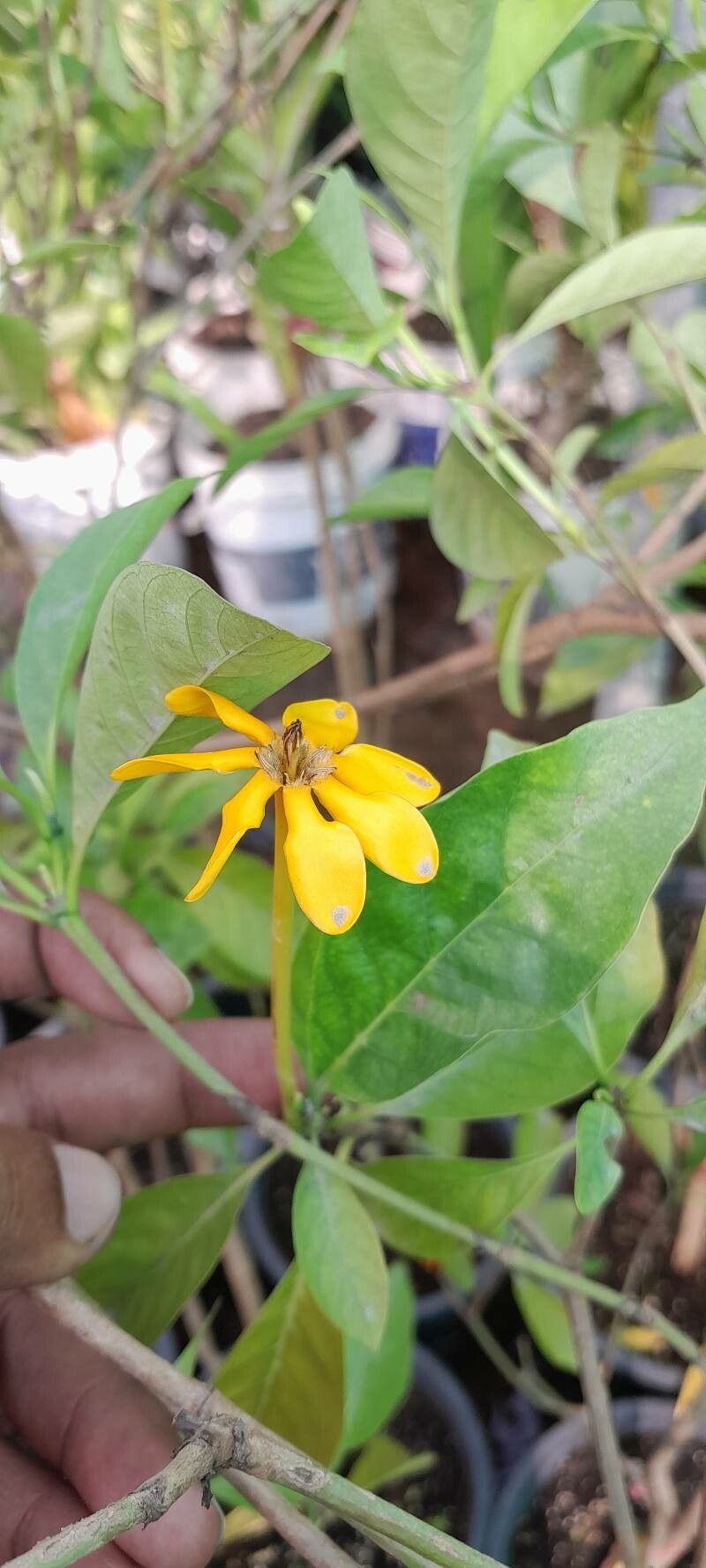Unlocking the Secrets to Propagating the Exquisite Gardenia Carinata
The Gardenia carinata, with its glossy leaves and captivating, buttery-yellow blooms, is a tropical treasure coveted by gardeners worldwide. While caring for an established Gardenia carinata has its own set of rewarding challenges, many enthusiasts wonder about the possibility of multiplying their fragrant collection through propagation.
If you’re dreaming of a garden overflowing with these exotic beauties, you’re in luck! Propagating Gardenia carinata, while requiring a touch of patience, is entirely achievable. Let’s explore the two most common methods to unlock its secrets:
1. Stem Cuttings: A Step-by-Step Guide to Success
Stem cuttings offer a rewarding way to replicate your prized Gardenia carinata. Here’s how:
- Timing is Everything: The ideal time to take cuttings is late spring or early summer when the plant is experiencing vigorous growth.
- Tools of the Trade: Gather a sharp, sterilized pruning shears or knife, a rooting hormone (powder or liquid), a well-draining potting mix (a blend of peat moss and perlite works well), and small pots (approximately 4 inches in diameter).
- Selecting the Perfect Cuttings: Look for healthy, non-flowering stems that are about 4-6 inches long. Make a clean cut just below a leaf node (the point where a leaf emerges from the stem).
- Preparing the Cuttings: Remove the leaves from the bottom third of the stem. If desired, you can lightly wound the bottom inch of the stem by making a small vertical cut to encourage root development. Dip the cut end in rooting hormone, tapping off any excess.
- Planting and Caring for Your Cuttings: Make a small hole in your prepared potting mix and gently insert the treated cutting. Water well and place the pot in a warm, humid location with bright, indirect light. A humidity dome or covering the pot with a clear plastic bag can help maintain the moisture levels.
- Patience is Key: Rooting can take anywhere from 6 to 8 weeks. You’ll know roots have formed when you feel resistance when gently tugging on the cutting.
- Transplanting: Once the cuttings have developed a strong root system, they are ready to be transplanted into individual pots or your garden bed.
2. Air Layering: A More Advanced, Yet Rewarding Technique
Air layering, while slightly more complex, offers a higher success rate, especially for thicker-stemmed Gardenia carinata varieties. Here’s a simplified breakdown:
- Timing and Tools: Similar to stem cuttings, air layering is best done in spring or early summer. You’ll need a sharp knife, sphagnum moss, plastic wrap, and twine or tape.
- Wounding the Stem: Select a healthy stem and locate a node. Make a 1-inch upward cut through the stem, about 6-8 inches from the tip.
- Encouraging Root Growth: Insert a toothpick or small piece of plastic into the cut to prevent it from closing. Dampen the sphagnum moss and wrap it generously around the wounded area. Secure the moss with plastic wrap, tying it tightly at both ends to seal in moisture.
- The Waiting Game: Over time, roots will develop within the moss. This can take several weeks or even months. You can periodically check for root development by carefully unwrapping the plastic.
- Separation and Planting: Once a healthy mass of roots is visible, you can sever the layered stem just below the root ball. Remove the plastic and carefully plant the rooted section in a prepared pot or garden bed.
Factors Influencing Success:
Regardless of your chosen method, several factors can impact your success:
- Hygiene is Paramount: Always use sterilized tools and fresh potting mix to minimize the risk of diseases.
- Optimal Environment: Warm temperatures (around 70-75°F) and high humidity are crucial for successful rooting.
- Careful Observation: Regularly check your cuttings or air layers for any signs of disease or stress.
While propagating Gardenia carinata requires a patient and attentive hand, the reward of multiplying these exquisite plants is well worth the effort. Imagine a garden overflowing with their captivating fragrance and stunning blooms – a fragrant paradise of your own creation!

